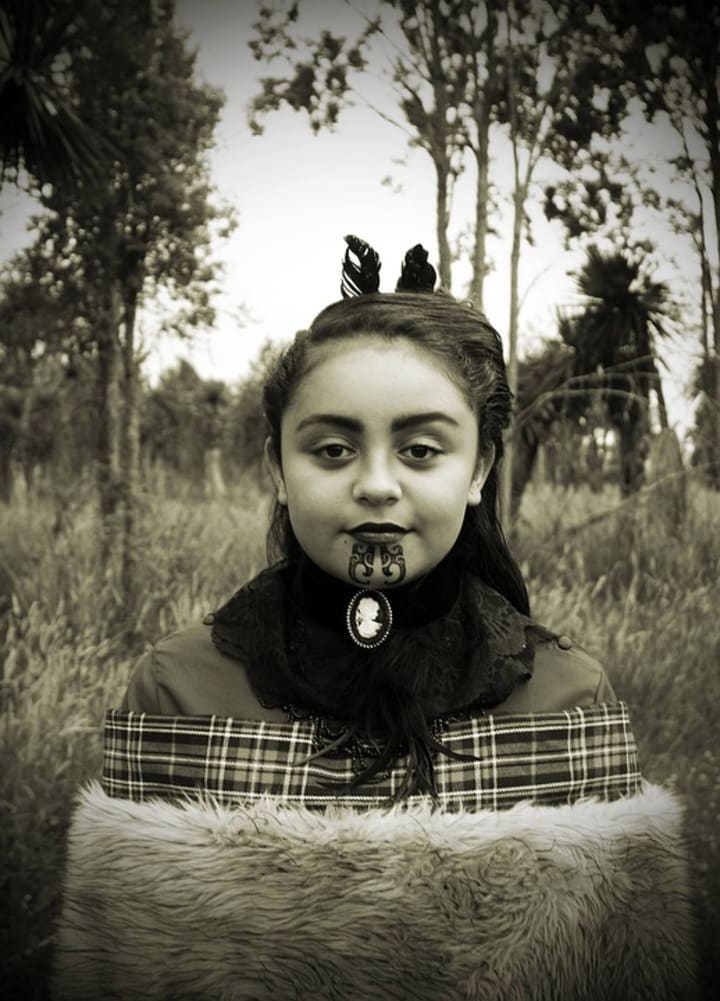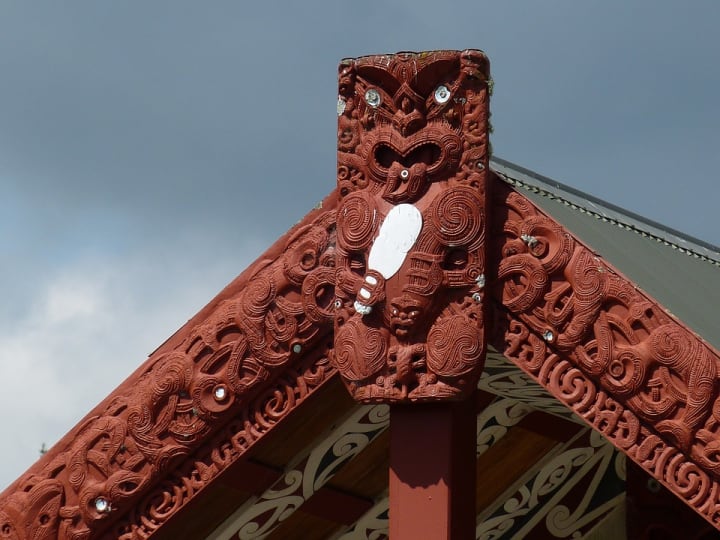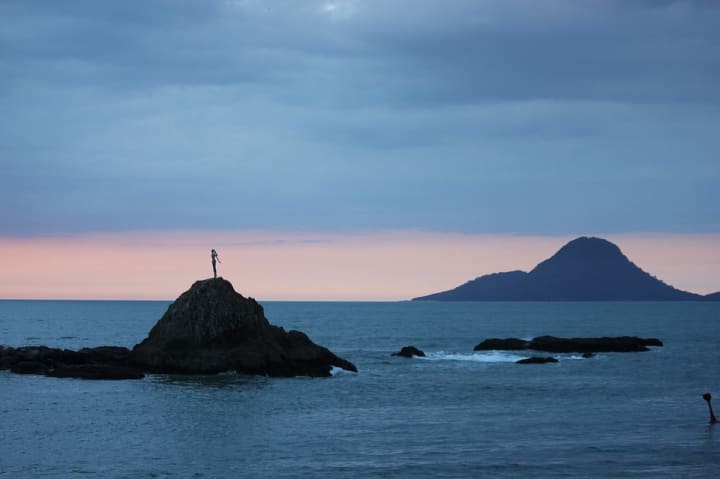5 Quick Maori Facts
5 Things You Didn't Know About New Zealand's Indigenous People

I spent three years in New Zealand and took a number of Maori history classes from members of the Maori community. Here are some of the facts that I think people get wrong most of the time or don't understand about Maori society as a whole.

1. Tattooing and Most Art Was Gendered
Today, there are artists who push the barriers of Maori society and who do things like get a Moka, that is a traditional Woman's tattoo, as a man. However, these people are in the minority, and there are a number of different differences in art, division of roles, and in societal communication that can be pinned down to gender related ideals.
However, many Morae, traditional Maori houses of worship, have spaces or roles for those who are non-binary, transgender, intersex, or in some other way not fitting with the gender binary. In day-to-day life, a large number of these individuals choose to take on the roles of one or the other genders, mimicking the same social structures seen in Samoan tribes, and other Polynesian groups.

2. Shunning Someone Meant Seeing Right Through Them
In times long past, when someone was declared Tapu, or unclean, they would be shunned or ignored by the entire group. So great would be their shame that even the mother of their children would look right through them. This would continue until they had managed to convince the spiritual man who had declared them to be unclean in the first place to declare them welcome again.
This was one of the favored forms of punishment, while many history books will make it seem like execution was the first method of punishment that was used. Maori scholars that I spoke to while in residence in Lincoln New Zealand made it clear that the concept of being declared Tapu is still something that could be declared at any Morae and would be respected.
The reasoning behind this is simple; humans crave contact and approval. Even when shunned by the majority of society, those who find solace in a small group of friends will still find the acceptance they crave and continue along the same path. However, when someone is rejected by all of society, they will be alerted to the fact that they need to keep their behavior in check. In this way, Maori society maintained control of citizens within moral parameters and allowed for changing social mores as well.

3. They Were Known for Guerilla Warfare
Running an almost undefeated streak and developing capabilities far beyond that of any of their neighbors, the Maori were able to create literal cities while they were under siege. The country is actually dotted with the archaeological remains of different tunnel systems, while different ballads tell about the prowess of many warriors. This makes the Maori differ from Samoans, Easter Island Natives, and Hawaiians.
The tunnels were often used to sneak up on enemies, to withstand siege, and even to steal items or women from warring groups. Depending on the time period, they actually get more complex, and some are built upon the remains of tunnels from hundreds of years before them.

4. They Abandoned Pottery Making Soon After Establishing the First New Zealand Communities
While some will point to the evidence of early pottery in New Zealand as a sign that it was practiced all along, signs point to it being abandoned shortly after landfall was made. This may because there were local options available, because clay is hard to find on an island, or because no one was interested. Sadly, no one knows why this is the case.
What is known is that traditional patterns that would normally be used in pottery were there used in textiles and led to the creation of elaborate hangings, such as the one that used to hang in the Christchurch Cathedral before it was destroyed, or carvings, such as those that are seen all over Marae illustrate. There was still some pottery made, but it had a much less prominent place in Maori society than it did in other Polynesian societies.

5. They Aren't Related to Aboriginees
Being in such close proximity to Australia, often people assume that the Maori are related in some way to them. However, this assumption is wrong, and the two do not share any DNA in common except in cases of modern intermarriage.
While the two are in what is now known as Australia or Oceania, their origins are completely different. There is little evidence to show any evidence of Aboriginee migration, which the story of Maori migration is one of the most common myths and legends.
Maori communities however have maintained a strong connection with other Polynesian communities and as much as 40% of words and customs may still be shared among even the most distant cultures.
Do you learn anything about Maori culture that did you didn’t already know?
About the Creator
Jessica Riffle
33, First Nation's in diaspora from home. Mother of cats. Prone to random relocation and mood changes.Business inquiries; [email protected]
Enjoyed the story? Support the Creator.
Subscribe for free to receive all their stories in your feed. You could also pledge your support or give them a one-off tip, letting them know you appreciate their work.






Comments
There are no comments for this story
Be the first to respond and start the conversation.